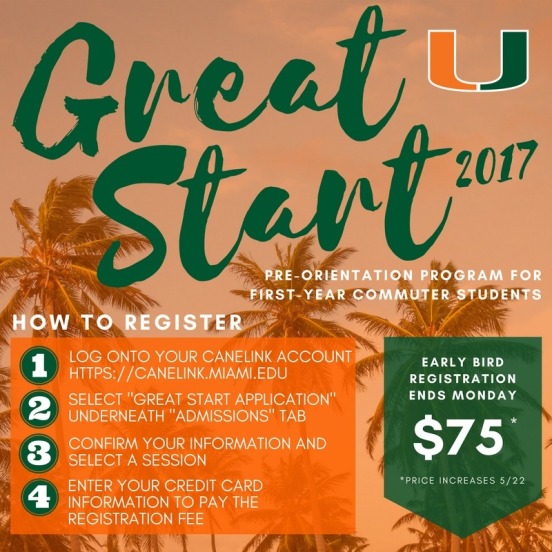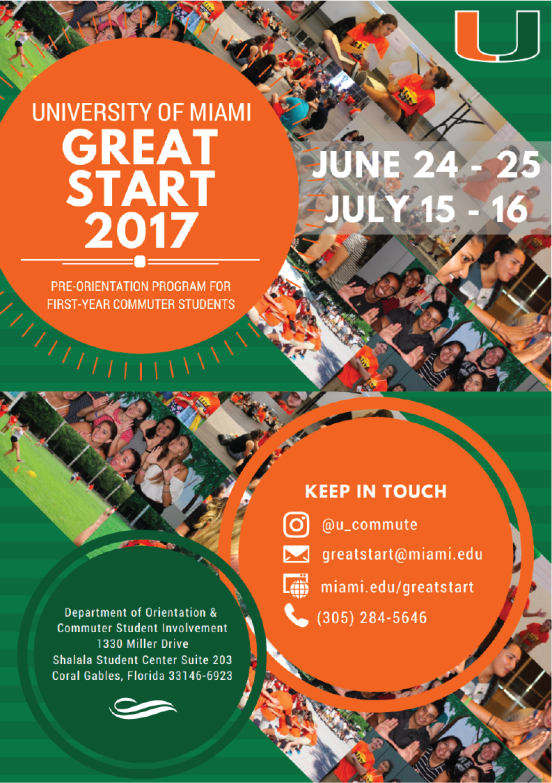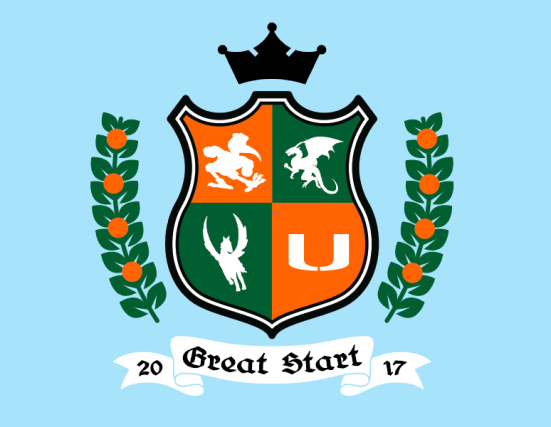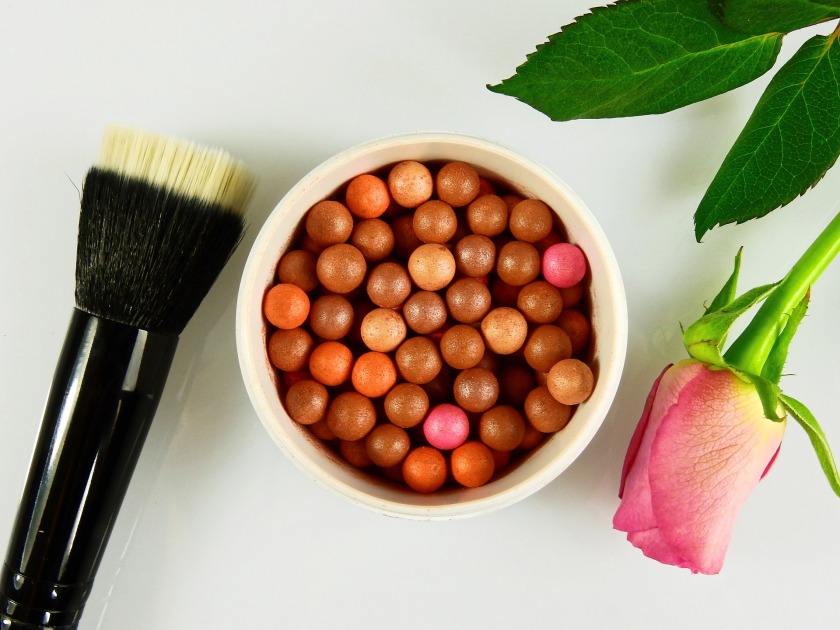I get it – it’s fun bragging to people back home about how you can wear shorts to class. The weather, the beach and the city may have been your reasons for enrolling at the University of Miami. You have your favorite (probably overpriced) restaurant and plans for multiple pool party weekends.
As students, we make up less than 1 percent of the county’s population – there are more than 2 million residents in Miami-Dade alone – but it’s easy to forget that while we’re focused on our tiny, individual college worlds.
If you want to develop a love that’s more than skin-deep for your second home, you have to live like a local. Spring Break is a perfect time to make the switch from part-time resident to full-time Miamian.
Miami people like things that scream Miami – you should learn to do that, too. That doesn’t just mean wearing a “305” tank top or drinking Cuban coffee every afternoon, it means supporting local businesses, artists and teams just as you would support your favorite UM events. It’s just as much a privilege to wake up in a vast and colorful city full of adventure as it is being able to throw on a pair of shorts for 80-degree weather in the winter.
Maybe you’ve just been caught up in tourist traps since you arrived freshman year. Exploring Miami like a local can be difficult if you only live here for a few months at a time. Take some time to research hangouts by asking locals, reading through Miami news outlets and scouring social media geotags, and then create weekend bucket lists with your roommates and friends.
From experience, it’s especially fun being the first in your circle to try a new place, sharing your experience, then “putting everyone on it.” Consider spots in corners of Miami-Dade County you’ve never heard of and might never learn about unless you meet another commuter in class. There are 34 incorporated cities and many more unincorporated cities in the county, all with different blends of cultures and dynamics, and full of hidden gems.
Homestead, for example, is a lax, primarily agricultural area, and Kendall, a busy planned community. When you’re not sitting in traffic, it’s easy to get to and from the two cities in under 30 minutes. That means it’s completely manageable to drive down to Homestead to pick up a Knaus Berry Farm cinnamon bun for breakfast, stroll through Zoo Miami in the afternoon and grab dinner at a small Cuban restaurant on your way back to campus.
Don’t be discouraged by the language barriers you may face along the way. If you haven’t yet noticed, South Florida is a majority-minority region. Miami is the second largest U.S. city with a Spanish-speaking population and English-only speakers make up merely 27.2 percent of all residents, according to the census, so if you plan on staying here after graduation, consider taking Spanish classes.
As a person of Hispanic heritage, but an absolutely terrible Spanish-speaker, I can tell you that simply wishing more people spoke English here won’t make things any easier.
It may be frustrating trying to communicate what you want to order from that Nicaraguan fritanga in Hialeah, but don’t let that stop you from trying new places. Be respectful of the employees, resort to the internet for translation and, if all else fails, point at what you want on the menu. It’ll be worth it.
There’s a lot I’ve learned about Miami after living here for 20 years, including loads about diversity and pride – but who’s to say you can’t become an honorary Miamian in just four years?
This article was written by Genesis Cosme for The Miami Hurricane.





